Crow’s Nest 92: 110225
Sounds, Gravity, and More Sounds For Your Fall
Hello folks, and welcome to issue #92 of Crow’s Nest. Thank you for reading, opening, and listening within, and thanks again for the admittedly longer-than-expected gap between full issues. Been busy with shows, travel, fests of all sorts, work, non-job work and more since I last committed substantial digital ink to e-paper here, and I might need another issue or two to unload photos and more, in addition to other catchup with the flood of releases since the last issue.
Before I get to the main event, another reminder that the archive of my guest appearance on particle.fm is available online if you’ve not given it a listen (or want to listen to it some more):
Thanks again to sold for having me on and guiding me through that process.
The intersection of Belmont, Western, and Clybourn avenues in Chicago is not exactly anyone’s idea of a ‘happening’ locale. I would know; I’ve spent more than my fair share of time there, usually but not always waiting for a bus transfer to the Empty Bottle. Zoom out a bit from the immediacy of the 5-way intersection, and some interesting stuff starts to come into view. There’s the experimental/jazz venue Constellation, and a few bars in one direction leading into Lakeview; just across the Chicago River heading the other way, some hipster-y new build ‘destination’ amenities, and another stretch of bars and restaurants leading into Avondale, these two forking at the legendary Electrical Audio recording studio. There’s also a stretch of parkland heading up the river, and the heart of Roscoe Village in parallel to Belmont running east. Again, I would know it doesn’t exactly scream urban paradise, but if you put in a little effort and legwork, something could come together here. And, about two months ago, something did.
With the plug pulled on Pitchfork Music Festival after last year, there was a bit of question of what might arise to fill the void in its absence. While of course the festival was branded under the name of the music publication, anyone slightly in the know about its operations knew that Mike Reed, the Chicago-based jazz musician and owner of both Constellation and the nearby bar/venue Hungry Brain, was the festival director who actually made it happen. In the spring, he announced Sound & Gravity, a 5-day festival event taking place across his venues, spots across the river associated with Rockwell on the River, and the nearby venue Beat Kitchen too. The closest parallels that spring to mind are Knoxville’s Big Ears and Utrecht’s Le Guess Who?, both in concept and in the experimental-leaning lineup that those who recognize a lot of the names tend to salivate over. Having attended the latter once, I knew the area for Sound & Gravity wasn’t exactly Utrecht, but it was an intriguing prospect, for sure.
I’ve written before how first editions of music festivals can frequently be rough affairs. Lacking precedent, the gamble of whether your expectations will align with the reality of the day(s) spent there can be pretty significant, especially for the money and non-fiscal costs spent on the experience (and alternatives not pursued). With most of the festival info laid out upon announcement, including set times for all but the ‘surprise’ sets programmed by Electrical Audio, Reed’s involvement seemed to function like a seal of quality on the operation. Results not guaranteed, of course, but an experienced set of hands at the helm promising something different for those interested. With that hole in my summer not filled, I was intrigued, and purchased a 5-day pass, thinking ‘September is the new July’ while doing so.
Wednesday, the first day of Sound & Gravity … I didn’t attend. It’s not that I wasn’t interested in Mdou Moctar, Sam Prekop et al., but I had a 4-way conflict that evening between S&G, TV on the Radio at the Riv, Wet Leg at the Salt Shed, and the therapy program I had recently started. Ah well.
Anyway, my first day at the fest was Thursday. After wrapping up my workday—one of the nice things about evening starts with S&G compared to Pitchfork is not needing to take time off work if you’re local—I headed out to grab my wristband and catch Tara Clerkin Trio, paying $8 plus tax and tip for a hop water while I waited. The trio had been on my radar for some time, but as their set continued, I found it all a bit too slow-going. I decided to ditch them and check out some other stuff. Popping into a RotR bathroom—another nice thing about this fest: real bathrooms, with soap—I considered stopping to see what Third Coast Percussion would do, but instead headed out across the neighborhood to Beat Kitchen to check out a band I only discovered through the festival playlist the week before.
I’m glad I made that decision. Hanging Hearts are a local jazz-funk trio, and their set was highly energetic and a ton of fun. On the way in I believe I passed Mike Reed hanging at the venue bar, casually chatting with some folks. I recall one time spotting him at Pitchfork looking enormously frazzled on day one of the fest, and with this scene seeming impossible there, it was a testament to how much better this ought to be for the folks running it. After Hanging Hearts, I legged it back to RotR for dinner, catching William Tyler’s set as background music of sorts and spotting at least 3 other artists hanging around while chowing down on some barbecue—in a proper chair, seated at a table. Lia Kohl, Macie Stewart and Whitney Johnson’s set at the Judson & Moore distillery was great, though it ended a little earlier than expected, so I then headed over to Hungry Brain, entering it for the first time for Ken Vandermark Edition Redux’s set (jazz tuba!), which was integrated into the fest from their weekly residency that month. After, I headed to Constellation to finish out my evening with noise-jazz supergroup Saccata Quartet. It was an intriguing, heady mix of a day, and about as good of a first impression as one could muster for the fest.
Friday was the biggest day of the fest for me in terms of artists I wanted to catch, and consequently the number of set time conflicts I had. I started with Memorials at their North American debut set. I’ve been enamored with the duo since the project first launched, and was glad I was able to catch them. I hit my first real snag of the weekend after. Coinciding with the ‘best’ gap in my plan for dinner, I headed into the sit-down pizza place next to the Guild Row venue/stage, hoping to have a quick dinner before Chris Brokaw. Alas, as my meal wrapped up, I was (finally) able to pop in, just in time for the last 10 seconds of his set. (Also disappointing was the food imo—I thought we were over $20+ ‘artisanal’ pizza with zero structural integrity to the slices?) Had I know that would have happened—well, first, I would’ve gotten something else for dinner—I would have skipped attempting to catch Brokaw and gone straight to Beat Kitchen for the Jeff Parker Expansion Trio, as when I got there, the venue was at capacity with a line up the side.
I was there early enough and didn’t feel like it would be unbearable to wait it out until I could get in. And I did, about 20 minutes into the set. Still, worth it: playing with synthesist Jeremiah Chiu and drummer Ben Lumsdaine, Parker’s wizardly talent on guitar was a highlight of the fest and in line with his recent material with the ETA IVtet. Do not miss him in any guise with any group. After that, I popped in to Hungry Brain again to catch the Magic Tuber Stringband, another earlier-in-the-week discovery of Appalachian folk music. I took it in until I finished my drink—I should note that the use of existing venues’ bars here made drinks, well, not exactly cheap but better than the extortionate levels of big-room spots and other festivals—and went over to Constellation for Mary Halvorson’s Amaryllis …
… And wound up in another venue capacity line. Despite there being fewer people in front of me than at Beat Kitchen, after a couple minutes I decided to ditch the line and head back towards RotR, going in to Judson & Moore for JJJJJerome Ellis. Their heart-on-their-sleeve sincerity won me over, comparable to the ‘outsider art’ you might find in a museum, but as a live performance. At the end of their set, Ellis took their saxophone off the stage, wandering through the crowd while playing, finishing by stepping outside the distillery to the courtyard patio, playing plaintively to anyone and no one in particular. Of everything this festival seemed to be out to accomplish, it was this moment that seemed to embody the heart of this festival and what it’s set out to accomplish, independent of impact or general significance.
Saturday presented yet another dilemma for me: the earlier portion of S&G coincided with a friend’s birthday party elsewhere in Chicago. Of the ‘full’ festival dates, this day had the weakest lineup for me, so after asking myself questions like ‘Do I really want to skip my friend’s birthday party to (try to) see Papa M?’, I popped in to a liquor store to grab some booze and headed to my friend’s party. Considering the first person to greet me there was a friend (and Crow’s Nest reader) who I hadn’t seen in person in over 4 years, I think I made the right decision. The party started winding down with plenty of time for me to get back to Bricktown for the main act I wanted to catch that day, Body/Head. They were solid; as is the nature with improvised noise sets, it wasn’t as transcendent as, say, their studio cut ‘Change My Brain’, but seeing Kim Gordon and Bill Nace in such a space was worth it for sure.
Sunday … I also decided to skip as it coincided with the first day of Plantasia at the Garfield Park Conservatory and had a smaller schedule than the other days. About Plantasia, I’ll say that thank goodness the event expanded to mostly outdoor spaces and a multi-stage setup this time. While there, a guy flagged me down to chat, saying he recognized me from the Tara Clerkin Trio on Thursday. “It’s been an expensive weekend,” he said, considering the prices of both events. (The 5-day full pass for S&G rivaled the price I was paying for a Pitchfork 3-day pass towards the end of it, and single-day Plantasia tickets were $70 apiece, part of the reason why I skipped the second day.) I recall saying something in agreement while noting this is what you save money for; I don’t recall asking if he was local or had traveled for this, which obviously would have spiked costs further. And true, if I chose to scrutinize costs of attendance for any and all of the above, I could definitely make a case against any and all of this on those grounds.
At the same time, besides the production costs, artist fees etc. of both events, both served as fundraisers for their respective host institutions. I definitely feel better about spending money and patronizing institutions that support the local community, rather than serve as a temporary irl presence for a corporate entity, only for support to be pulled when someone in management decides it’s not ‘chic’ enough. I’m not committed to returning to S&G for another full weekend—like with Plantasia, I will go when the lineup justifies my attendance—but every indicator I can think of suggests it was a success. Mike Reed has suggested an expanded, multidisciplinary scope for future iterations, and apparently has taken over Constellation’s recently-closed next door dance theater neighbor Links Hall. Considering avant-garde jazz was the hot attraction at a fest featuring independent rock, contemporary classical and other experimental musics, and that the fest did sell out by the end of things, I’m definitely interested to see where things might go with this fest from here, and what it might bring to my attention that I didn’t know I wanted to catch in future iterations.
As for Making Time, that’ll have to wait for another … you know what, I don’t feel up for that. I’ll probably cover it in the next issue, so subscribe to get it if you’re not already signed up:
For a long time, I considered film scores to be inferior music-wise to standalone non-soundtrack releases. Something about the need for them to be subservient to the greater product of the movie led me to consider them as necessarily lesser than a fully conceptualized album. I still think this: I really couldn’t say what impact Klaus Schulze’s score had on the Next of Kin screening I caught last weekend (which kicked ass); and the couple of needle drops in Bugonia last night highlighted through contrast the understatement of Jerskin Fendrix’s score. (By the way, that movie wasn’t good, primarily because the twist ending was easily one of the most godawful ways I’ve seen a film wrap up before). Of course, a film score serves a different purpose than a record, and what they can do certainly can be as complex and important as a full record. I also understand the appeal of film scoring to musicians, but that doesn’t make them more attractive to me as a listener.
If I hadn’t been informed that Oren Ambarchi & Fredrik Rasten’s album here was a score to a 1967 cult Slovenian film, I wouldn’t have guessed it. I’m not familiar with Dragon’s Return the movie—though I am keeping me eyes peeled on local arthouse cinema listings for a screening—but the sounds the duo conjure up here are as fulfilling as any standalone release. Guitar lines, some organ, flute parts, and probably some other stuff I didn’t fully pick up on as I bliss out to this recording drift around and throughout the runtime. It moves like a dream, and even the fact that it exists is impressive enough, let alone that this (minus some overdubs) was performed live makes it even more phenomenal. I can’t offer guidance on tracking down a copy of the film or how to sync this to that, but it’s worth a listen even if the only accompanying imagery is that which comes from your own head.
Estonian musician Misha Panfilov’s album To Blue From May In Grey firmly rests in unstable territory. These are ever-mutating longform numbers with some resemblance to the exotica and space age-y music emanating from elsewhere along the Baltic Sea, but they never settle into the tropes that define the genres they butt up against. Syro as Stereolab’s loungier instrumental numbers, perhaps? I’ve been getting into more mellow yet experimental work a lot recently, but this still stands alone as far as I can tell.
I found this one to be a compelling, compulsive listen after first encountering it for reasons I’m not certain of. Local composer Zachary Good created this as a series for four soprano clarinets, though the majority of playing is of ‘dyad multiphonics’ which moves the instrument away from the clarinet’s stereotypically ‘reedy’ sound towards something like a lower-range flute or even a pipe organ. Inspired by his late grandfather and lake waters, Good’s work resembles that of stuff like Kali Malone, Fis & Rob Thorne, and psychedelic-leaning instrumental explorations.
The Príncipe label roster might best be known for their rump-shaking tunes, but they’re no strangers to melancholy. This record by XEXA is distinctly not dance-y, coming across more like melted instrumental synth-pop in length and style, reaching into eerier depths as it progresses and peaking on the 12-minute closer. For those looking for sadness in the sun (or are just sad at the early sunsets post-Daylight Savings), look no further than this record.
Longtime readers might be able to discern through absence that I’m not big on jungle, d’n’b and similar genres, but a taste now and then (especially on a proper sound system) is pretty good. That makes the most obvious comparison to Sneaker Social Club’s reissue of Basic Unit’s 1997 tech step album Timeline, to my ears, If You’re Into It, I’m Out Of It, which I’m aware is probably significantly off base. Regardless, the dry, deeply clinical sound of this record remains a great gem to rinse if you haven’t yet. I find it evocative not so much of dank, illicit spaces reeking of cigarette smoke, but rather of admiring brutalist architecture on a stark day (while smoking a cigarette, of course). There’s little around these days that sounds quite like this, making it all the more essential imo.
Secular Music Group doesn’t necessarily offer praise music without the religious connotations on this second volume of work, but it certain senses that might be an appropriate label. Lounge-y jazz and Bing & Ruth-esque piano numbers abound on much of this album, where the main group is joined by, of all people, MGMT’s dummer for this session. Easy listening reinvigorated for the modern age, I suppose.
Local/Belgian synth-pop artist Fetter leans in to her experimental tendencies on this record out on Elena Columbi’s Osàre! Editions. Starting off with an odyssey of an opener, the album shapeshifts across textures and palettes rooted in hardware synth jams and the darker side of the genre. It’s heady, knotty material to get lost in whether on your feet or just listening at home.
The Kiwi National Reserve of Jangle Pop, an entity I definitely didn’t make up to pad out this blurb, recently unveiled one of its most recent archival collections. Dead Famous People, not a name indicative of the material within, had a twee sense of longing on a lot of this stuff, some of which came out on Billy Bragg’s Utility label after the band relocated from Auckland to the U.K. It’s quite a bit sunnier than I’d expect from a group originally from the land of the long white cloud, but still a great listen in any age or mood.
One thing that’s always irked me with LA no wave-y post-punk trio Automatic is that they’ve always sounded like they’re not playing together. Like yes, they’re all playing at the same tempo and (as far as I can tell) playing when they’re supposed to, but it sounds like discrete parts and not something that coheres together. It’s a subtle distinction but hard to ignore once you notice it. On their third record, they finally sound like they mesh together. They haven’t reinvented their sound here, and the Smerz-ian sense of ennui remains ever-present as well. But they’re still running, and they give little listen to stop while doing so.
I’ve been a bit hot and cold on Snooper’s singles post-Super Snõõper, depending on their fidelity and if they have a sticky hook or not to them. Their cartoonish take on hardcore is still present on their new album, and I feel I need to spend more time with it before fully determining my feelings on it. That being said, there’s a curveball of a cover on here that’s wormed its way into my ear the past few days; were such a thing still possible, I’d say it’s their DEVO moment for sure.
With that, I’m calling it issue #92 of Crow’s Nest. Thank you, as always, for opening, reading, listening, and all else you do with this. I’m not sure what exactly it is but I wasn’t feeling too confident in a lot of what I’d written for this one, though surely you’re used to some duds from me at this point, I’d expect. Well, until next time.
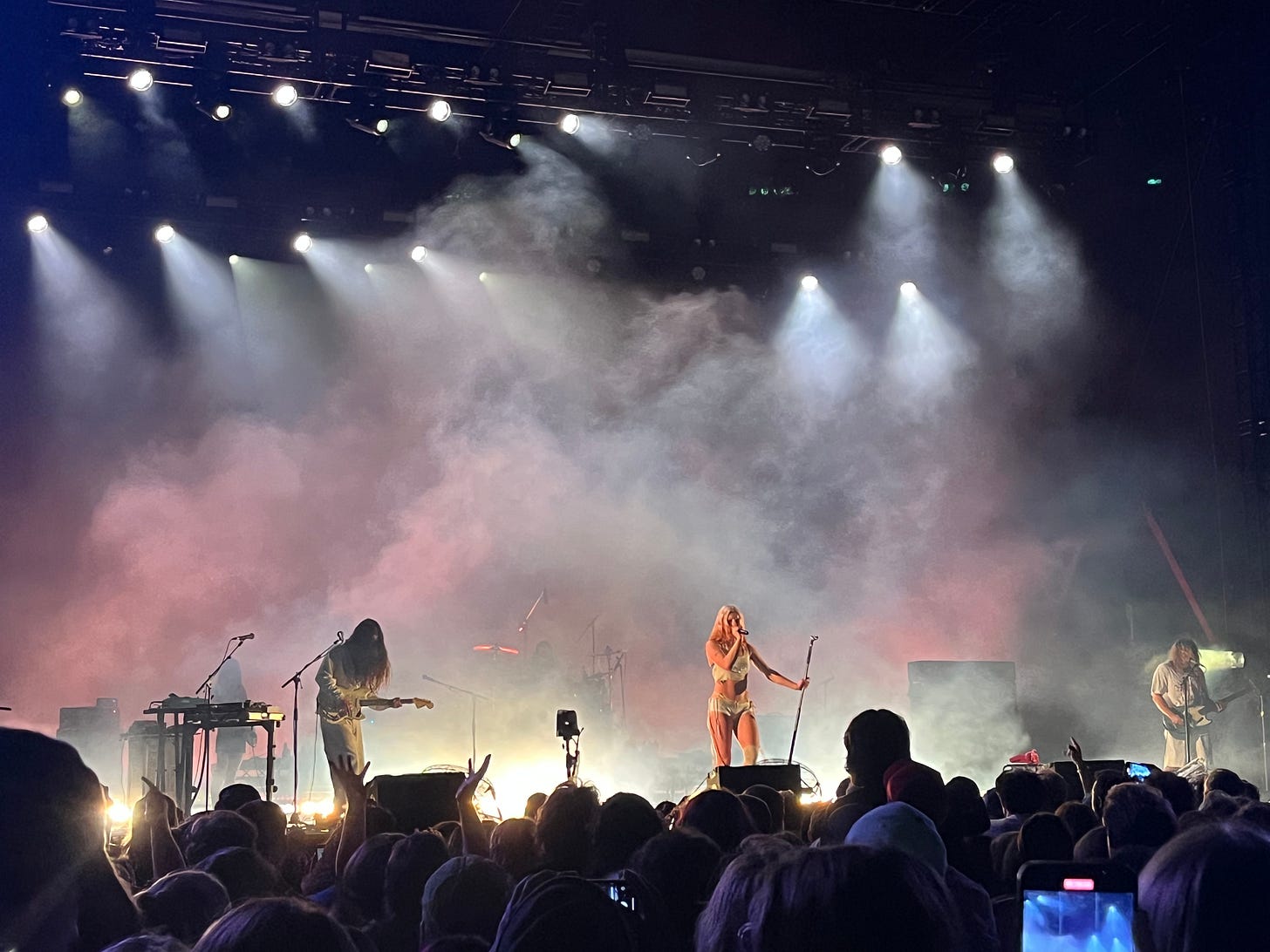

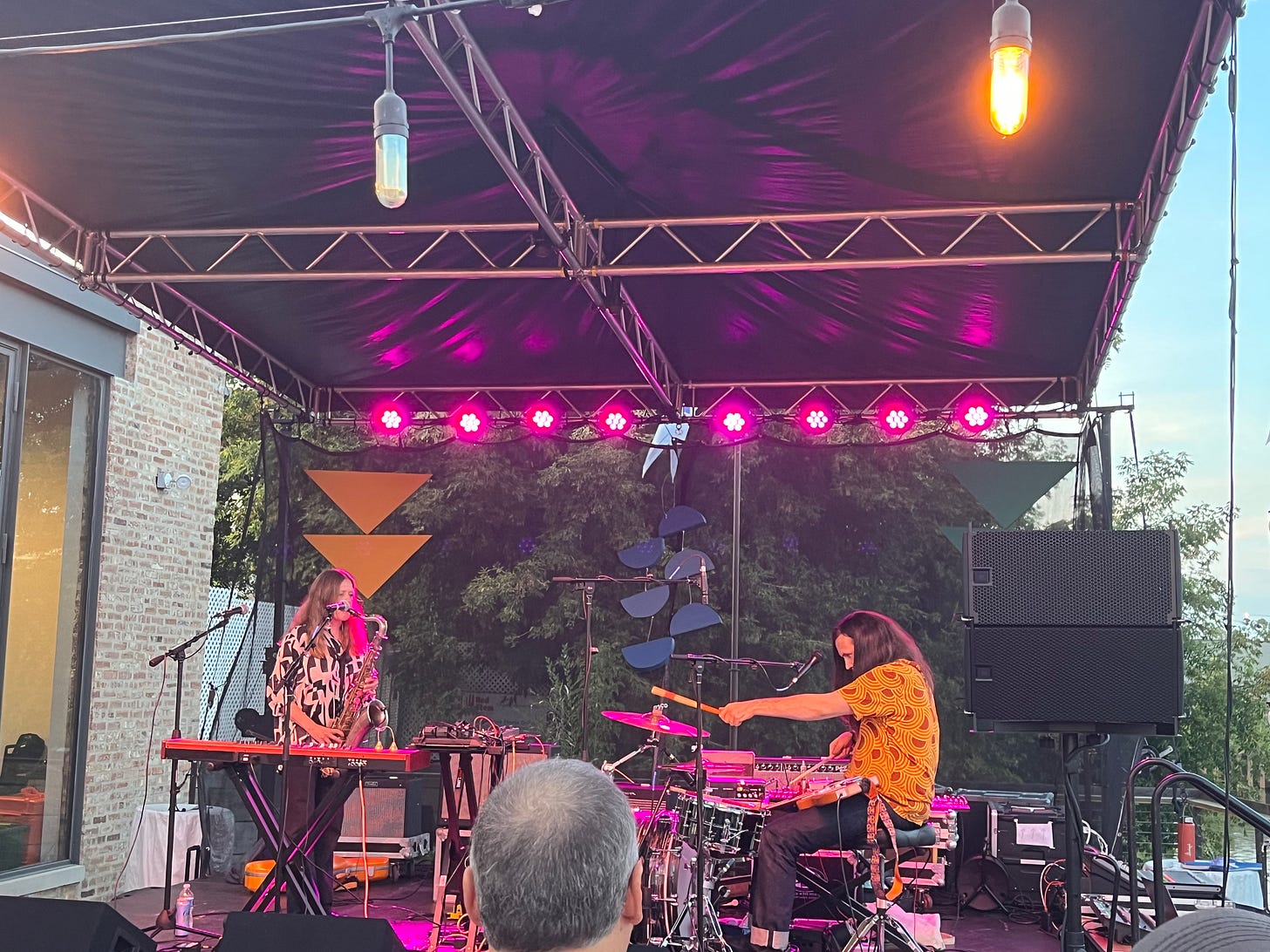
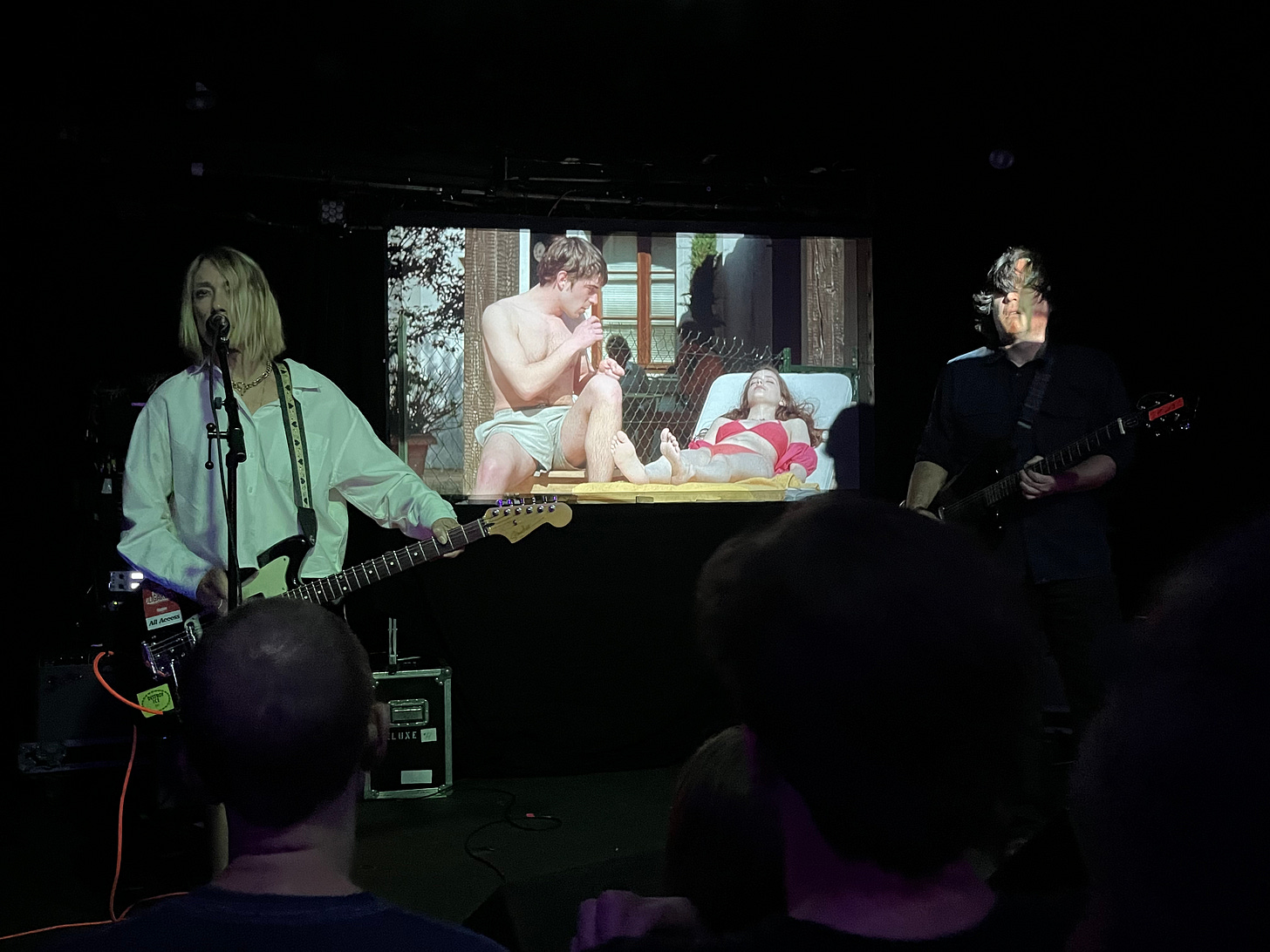





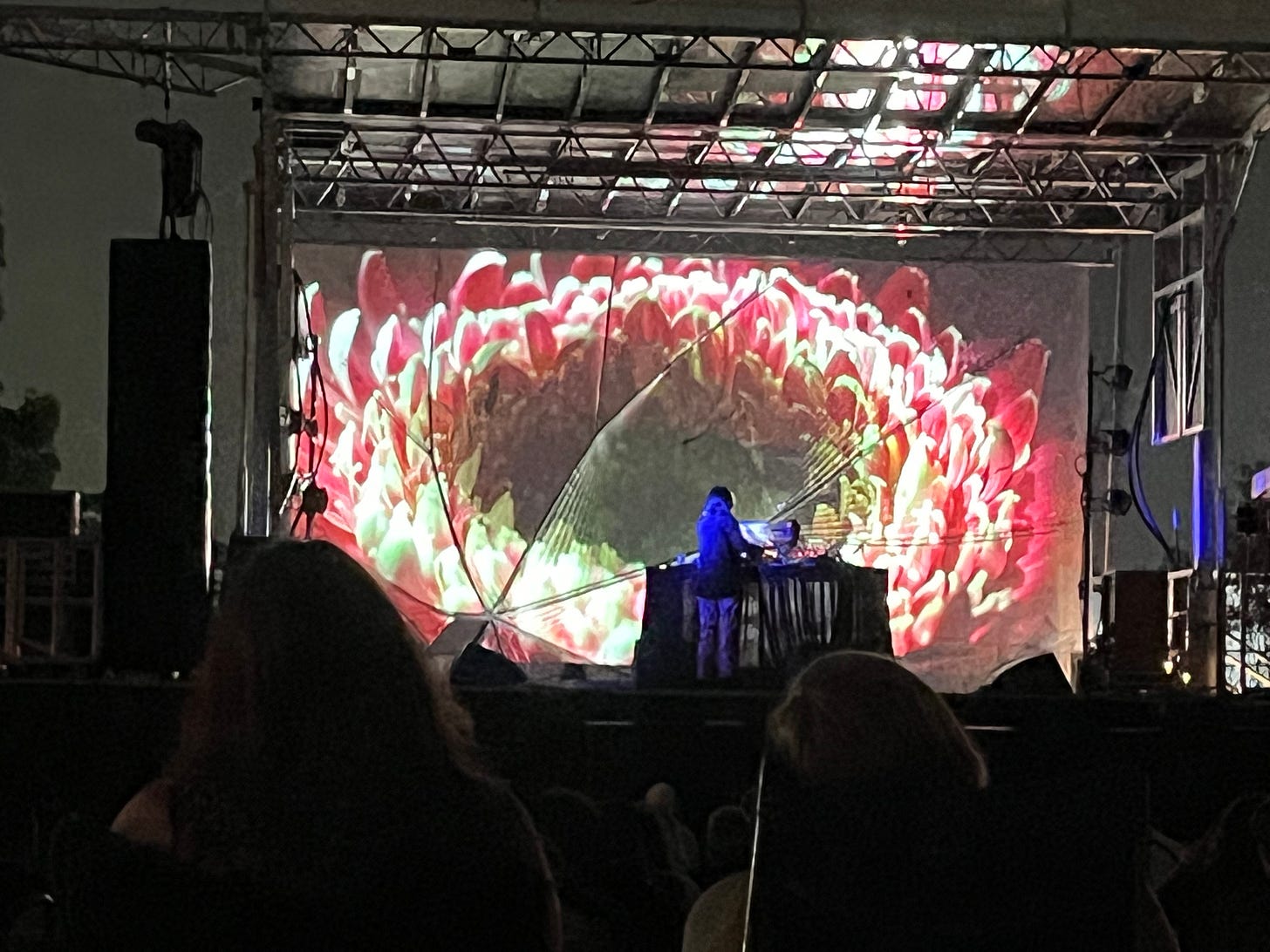

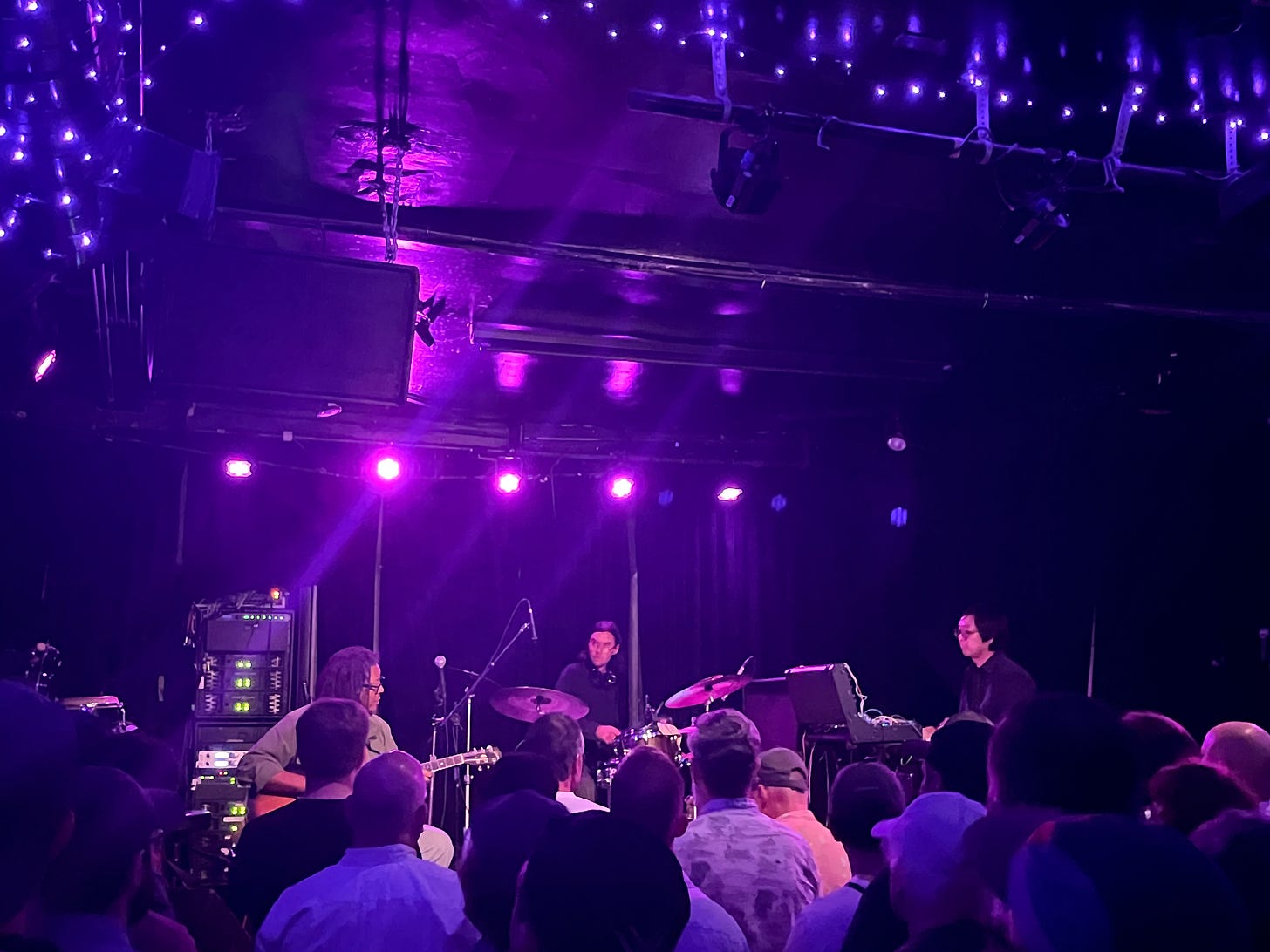
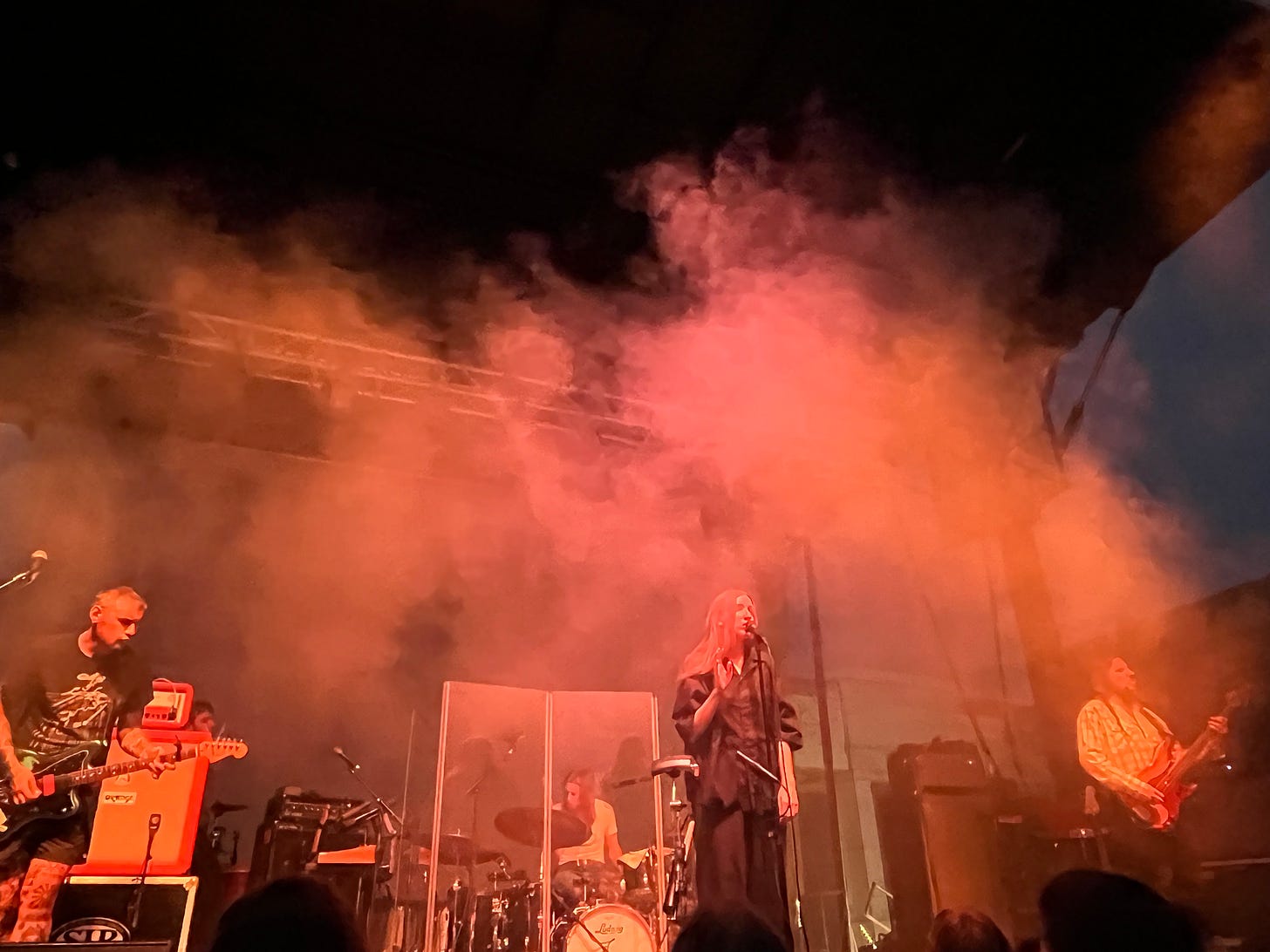


Maybe it's the shorter days or the first snow of the season, but this Fetter record is a perfect fit for today!